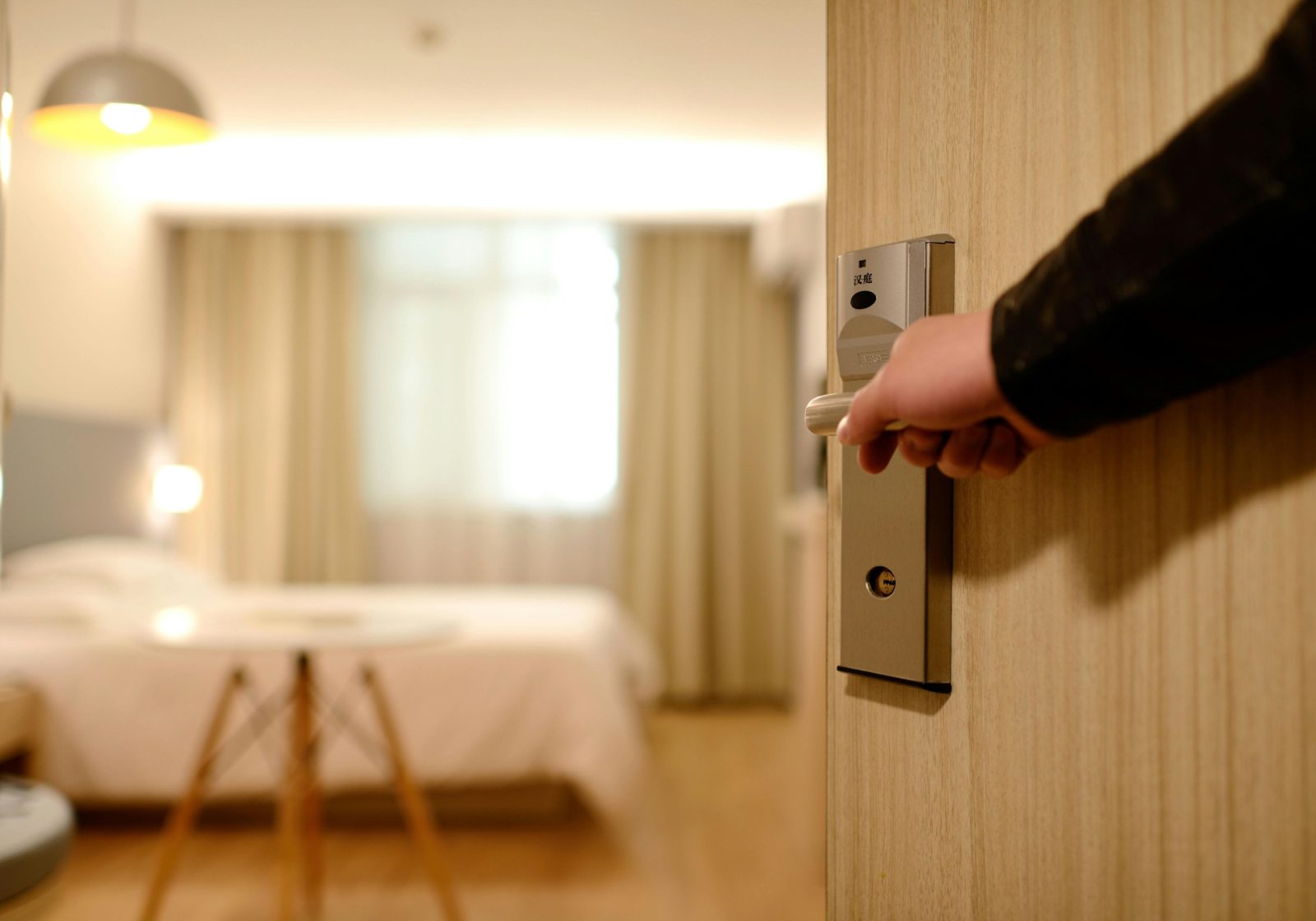In the heart of Prague, a city renowned for its stunning architecture and rich history, a new challenge is emerging. Beyond the star-rated hotels, Prague 1 district now boasts 17,003 beds for tourist accommodation, a number that’s raising eyebrows and concerns among locals.
This staggering figure, uncovered by the “Livable Housing in Prague Center” association, only scratches the surface. When factoring in the beds in one to five-star hotels, which pay fees directly to the city rather than the district, the total number of beds in Prague 1 skyrockets to nearly 44,000. It’s a clear indication that visitors are outnumbering residents, a phenomenon known as overtourism.
The reality might be even more stark. The Czech Statistical Office reported 309 collective accommodation facilities with 32,792 beds in Prague 1 at the end of 2023. However, this doesn’t account for unreported accommodations, suggesting the actual number could be significantly higher.
Petr Městecký, chairman of the “Livable Housing in Prague Center” association, estimates that about 12,500 of these beds are in apartments. This represents roughly three-quarters of the accommodations paying the daily 50-crown fee. The use of residential apartments for short-term rentals has become a contentious issue, with the association advocating against tourists using these spaces.
The situation has sparked debate around proposed amendments to tourism business laws. A new tool called e-Tourist, which would require registration for online platforms, is being introduced. However, critics argue that this could lead to the gradual legalization of using entire apartments for short-term rentals, potentially exacerbating the housing crisis.
As Prague grapples with this tourism boom, the balance between welcoming visitors and preserving the quality of life for residents remains a challenging act. The city’s ability to navigate this issue will likely shape its future as both a tourist destination and a livable urban center.





